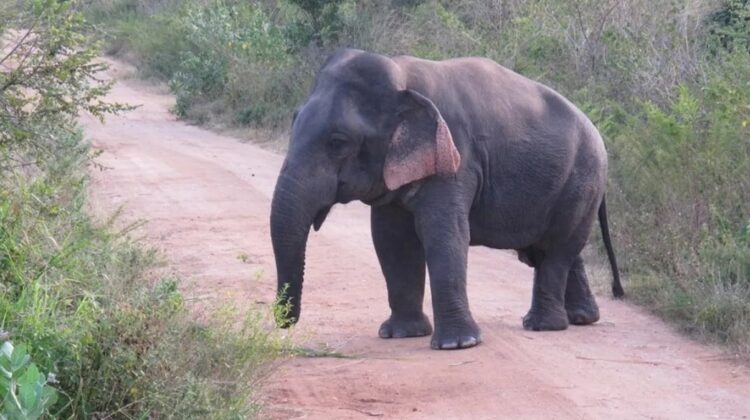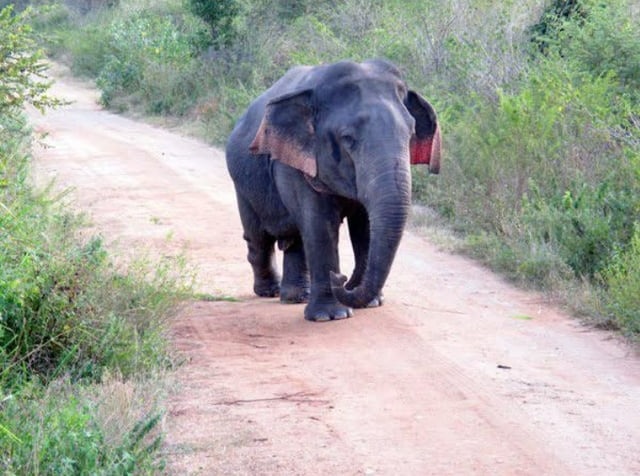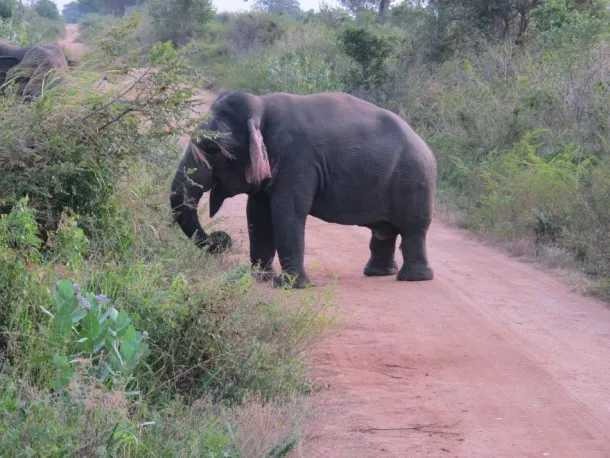
In the dense jungles of Sri Lanka, a remarkable discovery has emerged, marking a first in the annals of wildlife biology. Biologists have unveiled the inaugural documented evidence of dwarfism in an adult wild animal, and it’s none other than the majestic Asian elephant (Elephas maximus). This groundbreaking revelation opens a new chapter in our understanding of nature’s intricate tapestry.
The star of this discovery is a male Asian elephant, standing at a mere 1.5 meters, or approximately five feet, in height. The world watched in awe as this dwarf elephant engaged in a spirited altercation with a fellow male of standard proportions. What sets this pachyderm apart is his remarkably short legs, a striking feature that led experts to conclude his unique condition.

This revelation emerged from meticulous research published in the IUCN/SSC Asian Elephant Specialist Group journal Gajah. The study sheds light on this unprecedented instance of dwarfism in the wild, painting a vivid picture of the encounter where the ‘dwarf’ elephant, despite his small stature, asserted dominance during the altercation.

“The ‘dwarf’ was by far the main aggressor in the altercation and appeared to be older than the other, a young adult,” notes the study. “Other than for the disproportionately short legs, morphologically and behaviorally the dwarf appeared normal.”

While this individual elephant seems to be thriving, it is essential to recognize that dwarfism is unlikely to become a common occurrence within the elephant population. “There is no real advantage to the trait, so there will not be positive natural selection for it,” explained Prithiviraj Fernando of the Centre for Conservation and Research, one of the paper’s authors. “Also, there may be an issue in mating. However, since elephants exhibit a high degree of sexual dimorphism, with males being much larger than females, he may be able to adapt.”
Fernando further elaborated on the rarity of such a phenomenon in the wild, saying, “If you think about it, most animals, especially mammals, are either predators or prey. If you are either and are born with short limbs, you would be at a significant disadvantage. A dwarf prey animal is very likely to be caught by a predator, and similarly, a dwarf predator would find it very difficult to catch prey. So such individuals are very unlikely to survive in the wild. Elephants in Sri Lanka are unique (together with those in Borneo) in that they have no predators. So he was very lucky that he was born here!”
This extraordinary revelation not only deepens our understanding of the diversity within the animal kingdom but also emphasizes the incredible adaptations that can occur even within the confines of the wild. The small but spirited elephant serves as a testament to nature’s ability to surprise and inspire.

Leave a Reply